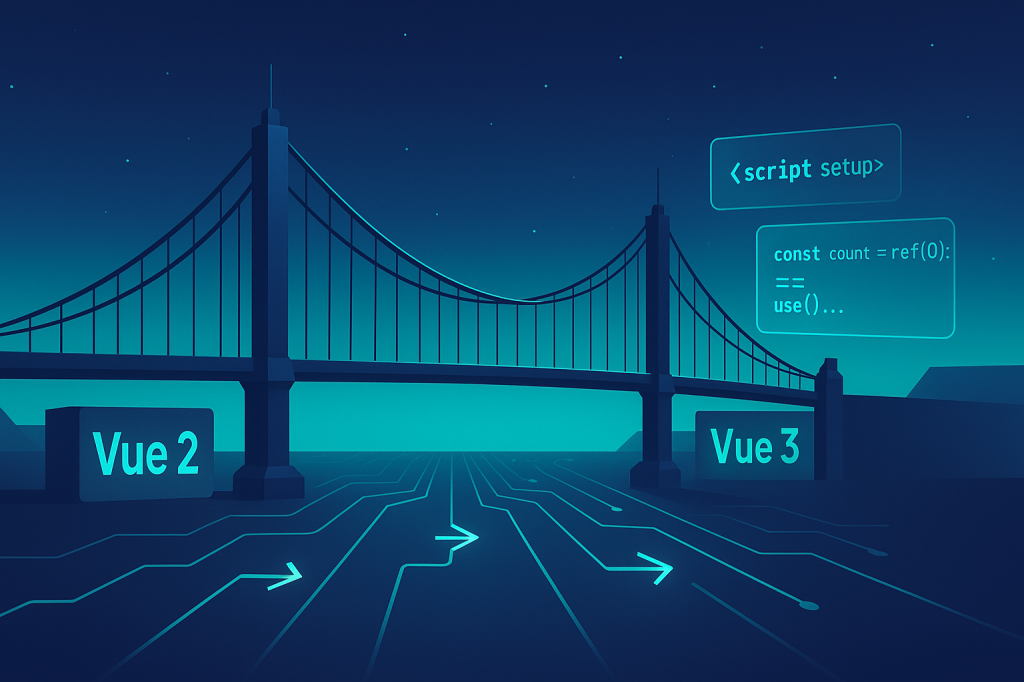It’s hard to believe it’s almost here – 2017. We’re launching a year with a new president, the Cubs as World Series champs, and mobile apps and sites top of mind for every organization.
Mobile as a platform has been around for years, and yet each year, just like the web, there are advancements and changes that need to be taken into account as new products are developed, and old ones are updated. We’ve pulled together 10 of the top mobile design predictions for 2017.
1 – Mobile First Search Indexing
Google’s search algorithms have, until now, always used the desktop version of websites to catalog and rank pages. But no longer. Google will move to indexing against mobile sites, first. And this isn’t a surprising move on their part considering in 2015 we reached the tipping point – over half of searches are now done on a mobile device. Responsive and dynamic sites won’t have anything to change, but sites that serve mobile customers differently will need to consider making some changes to keep up.
2 – Failure mapping
User experience designers have gone from mapping user paths to mapping user experiences to mapping a user’s journey. In 2017 you’ll see new mapping coming from your UX department – failure mapping. Current mappings show what happens for the ideal user – the one that follows the set path or paths. But what happens to the user that strays from the defined path? Failure mapping makes sure that users that follow non-ideal scenarios will still have a good user experience.
3 – Haptic Feedback as part of the interface
Haptic feedback is that tactile response you get when interacting with your smartphone or tablet’s screen. With the increase in high end devices available, and the decrease in the cost of the technology that enables this kind of feedback, interaction designers working on mobile devices now have a new palate to play with – the sense of touch. What you’ll see in the next year is apps and sites that subtly direct the user to toward positive reactions, like clicking the Add to Cart or Checkout buttons on an eCommerce site.
4 – Skeuomorphism
At its simplest, skeuomorphism can be defined as a design style that mimic real-life. Books on a webpage look like real leather, 3D objects cast shadows, knobs appear smooth. This may seem like a design decision, but for the user it’s much more. Because the objects in skeuomorphic design look like objects in our day to day lives, they direct the user and clue them into the object’s use without the need to call out the purpose of the control. And since mobile doesn’t have an abundance of real estate, anything that helps the user divine the purpose of a control leads to a superior customer experience.
5 – Non-linear experiences
In the early days of mobile applications, all users were novices. We needed handholding. Many mobile sites and applications catered to this, driving users in a single direction with simplified user interfaces and linear paths through the experience, like an old side scrolling video game. But users don’t look at mobile experiences as dumbed down desktop sites any longer, but instead as a first stop. Like modern video games, mobile interfaces in 2017 will become more sophisticated and less linear to meet user expectation and more closely mirror how they operate in transactional situations.
6 – Animation
Advances in mobile languages like HTML5, CSS5 and JavaScript libraries make animation in mobile experiences a reality. This means that, like haptic directives mentioned above, interaction designers can use subtle animations to help direct user behavior in positive ways. The inclusion of animation also helps to provide a richer user experience, engaging the user more deeply in the application.
7 – Increased Use of Video
The past few years has seen an increase in the use of video as part of website design. We’ve moved beyond hero images and have increasingly changed to hero videos on landing pages and as part of page headers. Traditionally, though, mobile pages have veered away from this practice. But consumers crave video content. Hubspot predicts that 79% of Internet traffic will be video based by 2018, and 59% of executives would rather watch a video than read text. And with YouTube reporting 100% increase, year over year, in mobile consumption, the small screen isn’t a deterrent to users viewing video.
8 – Advances in Alternative Payment and mCommerce
Alternative payments – everything from Paypal to Apple Pay – are natural resources for consumers shopping on their mobile device. And shopping on mobile they do – mobile purchases are now 42% of all online orders. Consumers are looking to reduce friction in their mobile purchases, and alternative payments like Apple Pay, Android Pay and Samsung Pay, help them do that by limiting the information that needs to be entered to buy something. Making payments, and therefore purchases, easier will only lead to increased revenues for mobile commerce.
9 – Age and Ability Responsive Design
There are a wide range of users turning to mobile devices. Some are technically savvy and can find their way around the most convoluted and user-hostile interfaces (although they shouldn’t have to). But others are novices – as older users pick up their phones to browse with and children engage more and more with tablets, there becomes a wider range of user experiences that need to be addressed. Some apps clearly have a defined audience and don’t need to adapt. But other, more general use mobile experiences should to cater to users of varying experience levels. By examining a user’s actions on a site, age and experience can be inferred. With machine learning and predictive analysis, user experiences can be adjusted to respond to the perceived age and experience of the user, dynamically.
10 – Increased use of microinteractions
Microinteractions are those tiny, in the moment actions that users take that are meaningful right then. They are single purpose actions – liking a page, logging into a site, changing a setting. Google goes beyond the use of microinteractions to call out micro-moments; those moments when a person turns to something like their phone to watch a video, buy something, or look something up. These moments are like tiny pieces of the user journey, and when put together paint the whole picture of a user’s path to purchase, from awareness to conversion. In 2017, we’ll see an increase in the implementations that take advantage of these moments – from NFC alerts for sale items while in a brick and mortar store to prompting a purchase when searching for movie tickets.









